We recently connected with Purvi Shah and have shared our conversation below.
Purvi, looking forward to hearing all of your stories today. What’s been the most meaningful project you’ve worked on?
I used to design movie posters. A project that still gives me goosebumps is a documentary film called “Breathing Lessons,” directed by Jessica Yu. It tells the story of the late journalist, poet and activist Mark O’Brien, who contracted polio at six-years-old, was left paralyzed from the neck down, and had to rely on an iron lung to live. The film won an Oscar. As a movie poster designer, you get to screen the movie before it is presented to the public. Then you’re challenged to visualize the entire film in one poster — ensuring that it stays true to the director’s vision and that it sizzles enough to bring people to see it. The process was both exciting and nerve-wracking.
Another project that brought delight was the logo design for BlogHer. The backstory is very poignant to me now because it tells me a lot about who I was and the projects I gravitated toward from the beginning of my career. Three dynamic women founded BlogHer and, like many Silicon Valley stories, it started around the kitchen table of one of the co-founders. When the co-founders approached me to design a logo for their new online blogging network for women, they were clear: NO pink or frills. “We are solid, serious women writers and thinkers. We are creating a site for women’s empowerment, but that does not make it feminine.” Therefore, I wanted to create a logo that was empowering, could stand alone, and stand out. I used the keys on the keyboard to explore the stories these bloggers would tell. Thus, the logo icon got its name: “Hermoticon” (vs. an emoticon).

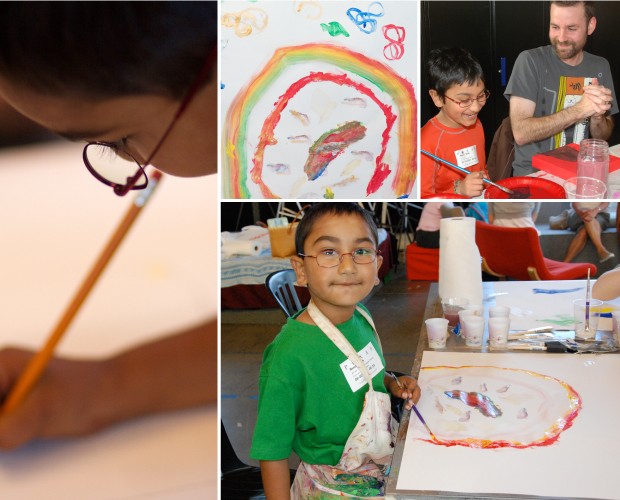

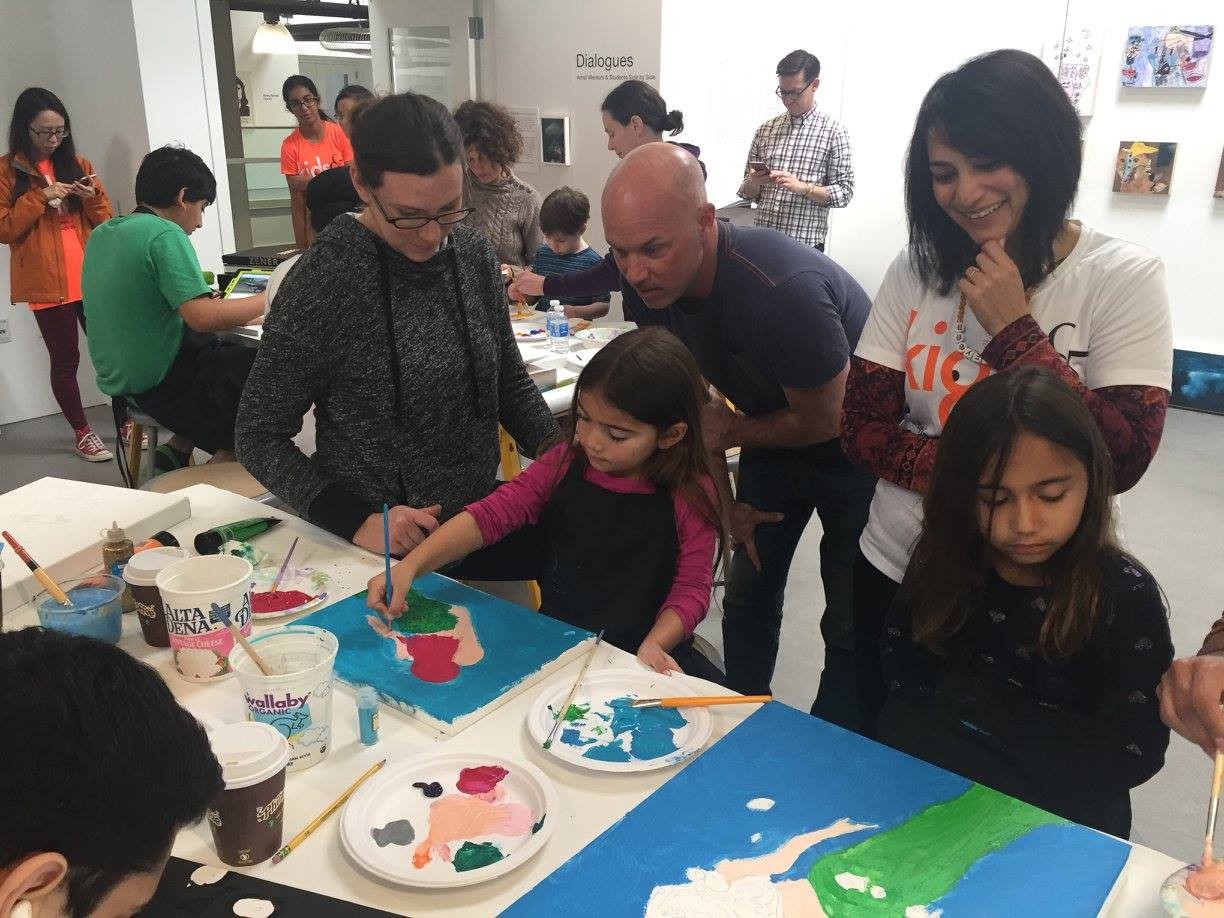
Purvi, love having you share your insights with us. Before we ask you more questions, maybe you can take a moment to introduce yourself to our readers who might have missed our earlier conversations?
I was a visual learner right from the beginning. I did not know what that meant at that time. When I had to study for an exam, reading the coursework put me to sleep. However, if my sister read the chapter aloud, I’d retain the information. I wish books on tape had been a thing back then as my dear sister would have been saved from the ordeal of making sure I passed my exams! And, almost always, when I received my report card, I would quickly scan my grades to ensure I had an “A” in Art, glazing over all the other subjects. Thanks to the support of my family and parents, I kept pursuing my passion for the arts and ended up in New York to pursue a Masters in Communications Design from Pratt Institute.
By profession, I’m a graphic designer, creator, and maker. I’m a visual learner. When I take notes you will see arrows pointing to words pointing to thought bubbles pointing to more words and arrows. Someone could see this and interpret it as perhaps a wild or disorganized person. For me, this is who I am. I became a creative director at a young age and thrived at finding meaning in chaos where deadlines were always yesterday. I loved my work and had a vision for my life. But life had other plans for me.
At three-years-old, my son was diagnosed with cancer and I left my job to become his full-time cancer caregiver. Suddenly, the chaos I’d thrived on at work was now part of my daily life at home, but I could not make any sense of it. To create some order and control, I started doing what I knew best: making art with my patient child and his sibling. Little did I know that all the parents around me in the hospital waiting room were struggling, too. So, I started involving all the kids in my artmaking, and then brought in more artists to work with them. Before I knew it, I’d founded the Kids & Art Foundation, a nonprofit organization that catalyzes the healing power of art to support pediatric patients and their families.
My son was in and out of treatment for six years of his young life. After a relapse and failed bone marrow transplant, he passed away when he was just nine-years-old. I was devastated. Lost. I could not protect my own child. I felt like a failure. I had no narrative, no story to share. My life as a cancer caregiver was over. There was nothing left to fight. And my child was gone.
Little by little, everyone around me resumed their normal lives. But there was no more “normal” for me. Inherently, I am a very positive person but I did not know how to see past what was in front of me. I soon realized that I had two choices: let my loss dictate my life, be sad, mad, miserable or find a creative way to live with my son’s memory
Not at all easy. And it took some real talking with myself. I didn’t stop breaking down – I did then and I do now in many different ways at any given time. However, creative problem-solving has helped me at every business bump to find a solution. Sometimes it has helped me by simply getting out of the rut; other times, it has led to some important product shifts and pivots.

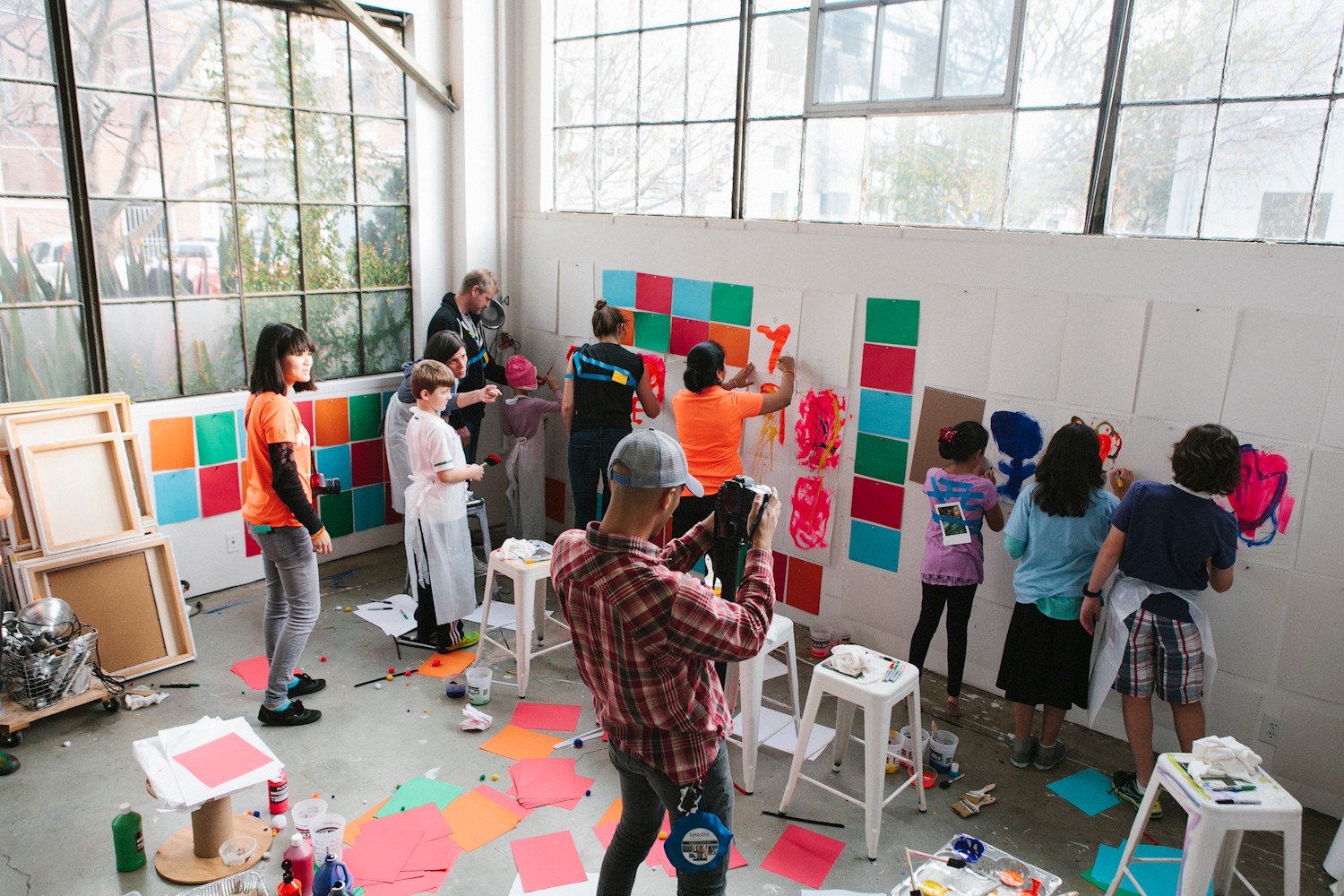

In your view, what can society to do to best support artists, creatives and a thriving creative ecosystem?
Since COVID, everyone understands that life can be challenging. Whether you’re a successful Silicon Valley founder or a scientist, an engineer or a banker, uncertainty is the new normal. Surviving the tough years of the pandemic has partly to do with creative resilience. Everyone had to make a mindset shift. First, we had to accept that something wasn’t in our hands, and then we had to figure out what we were willing to do to stay positive. I will be bold to say that each and every one of us used some form or creativity to stay positive and find ways not to feel isolated or lose our minds.
Creatives and Artists do that all the time. Our brains are wired for patience, perseverance, and optimism. Society must stop making art an “or” and instead consider it an “and.” Our schools need art. Our colleges should teach science and music. Our workplaces should celebrate hard work and play. Our successful growth should be measured in both monetary and emotional well-being.
We need to create more opportunities to integrate Creatives and Artists in every life interaction. Only then will creative quotients become integrated into life. For example, every company, whether a start-up or a publicly-traded company, hospital or healthcare facility, should be built with creativity as one of its pillars. What would that look like? It would look like a school. Why are we required to suit up and stop being playful as adults? Hasn’t that led to the mental crisis we are facing? Why are we asked to downplay the child in us and not explore, make a mess, and daydream? Isn’t that where ideas come from? From a restful timeout, to playing Play-Doh with friends/colleagues, to throwing paint on a canvas, or writing poems, our work life needs to become less rigid and more creative.
Of course, with remote and hybrid work there are more opportunities to include creativity in daily life, but how will you find the time between juggling your personal and professional to-do lists if it is not a required part of your day?
I propose every company should have a Creative Residency Program. Some creative people intentionally blended into the company-at-large to create a yin and yang – helping the left and right brains work in cohesion instead of as an afterthought. Make it a requirement to get a hall pass, job role play, host a creative week or mandate a creative day each month. Because all work and no play makes life dull (and makes for dull output of whatever we’re building).
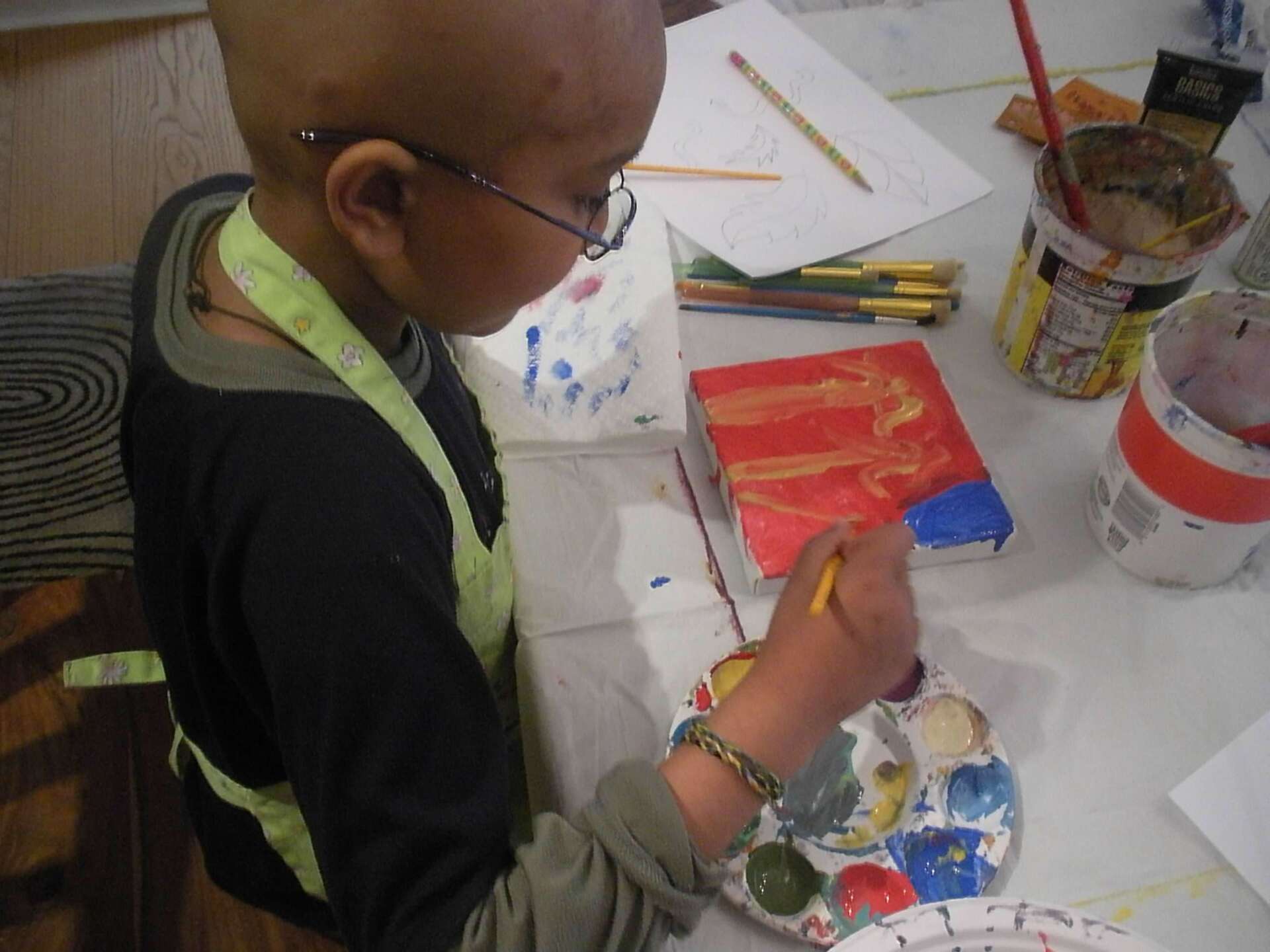
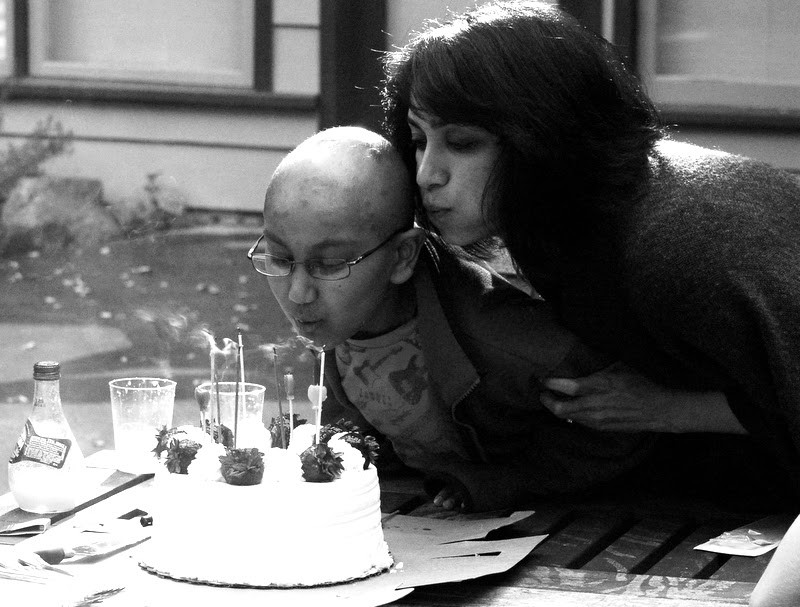
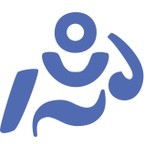
Have you ever had to pivot?
With my nonprofit, my personal life and professional life merged. The organization was built on my story. It was that story I had to keep repeating over and over again. After many meetings with funders, philanthropists, and partners, I realized that no one wants to hear a mom talk about her loss. It is too close to home. And if that is her story, she is too close to it, which means she is very emotional and will make decisions that might not always come from the right place for the organization. I could not change my story. I could not bring my son back, but I learned I could start and end at a different place.
Having a child go through cancer and spend six years in and out of the hospital is not a badge to wear. Losing that child and learning to make sense of life is not a badge to be worn either. Most children are diagnosed with Leukemia when they are two or three years old, making the parents between 25 to 35 on average. What do you know about life at that age that can prepare you for a cancer-caregiver journey? For me, the resilience is in grappling with the time lost. For the caregiver, when they are finally able to reemerge and reintegrate into normal society, they realize that they have lost five to ten years of their life. Learning to be “normal” again, whether your child is a survivor or an angel, is like learning to walk again, the only difference this time, no one is really holding your hand or directing you.
As we say at Kids & Art, “Art Heals.” My creative pursuits prepared me to navigate the impossible. And they guide me to this day.
Contact Info:
- Website: purvi.design and kidsandart.org
- Instagram: @kidsandartorg and @amaeyzd
- Linkedin: https://www.linkedin.com/in/purvishahsf/
- Youtube: https://www.youtube.com/kidsandartorg
Image Credits
All images belong to the Kids & Art Foundation or Purvi Shah. We have permission to share these photos.


